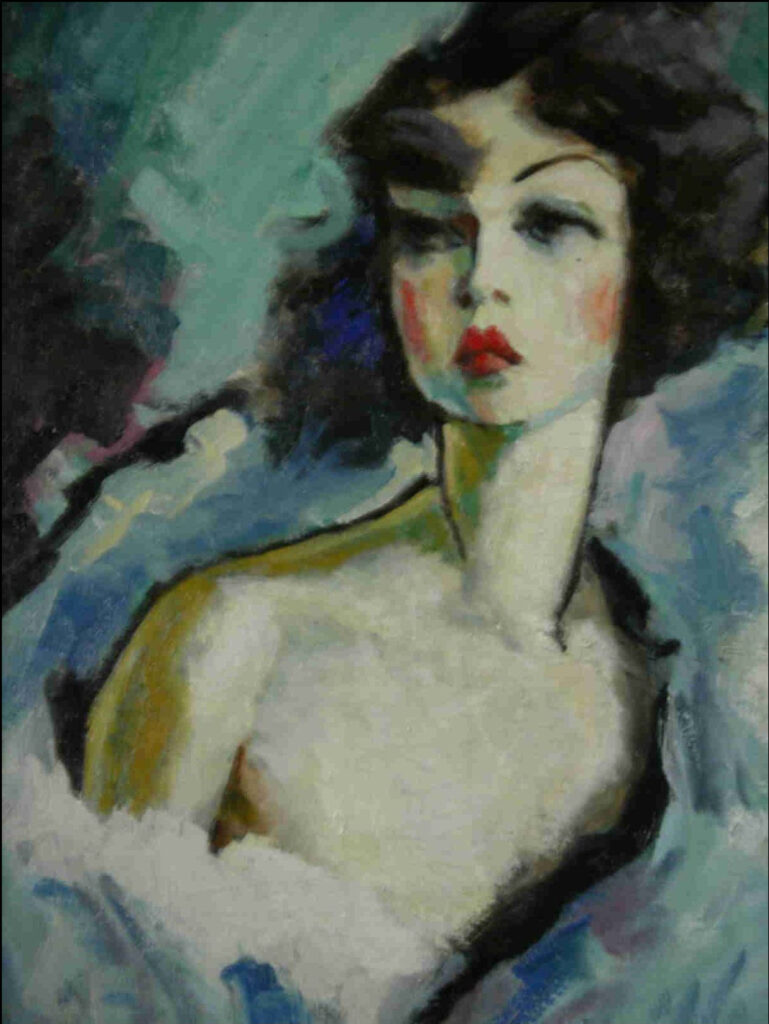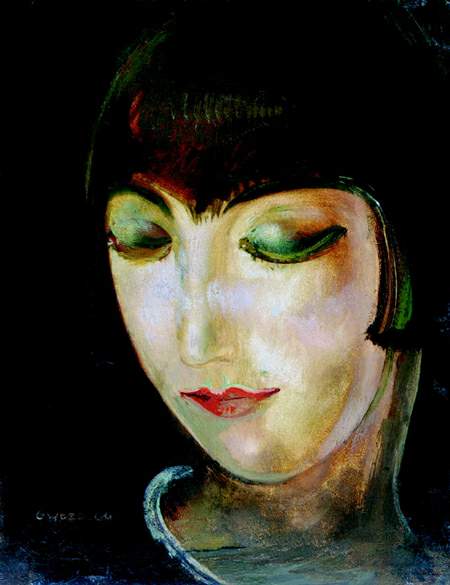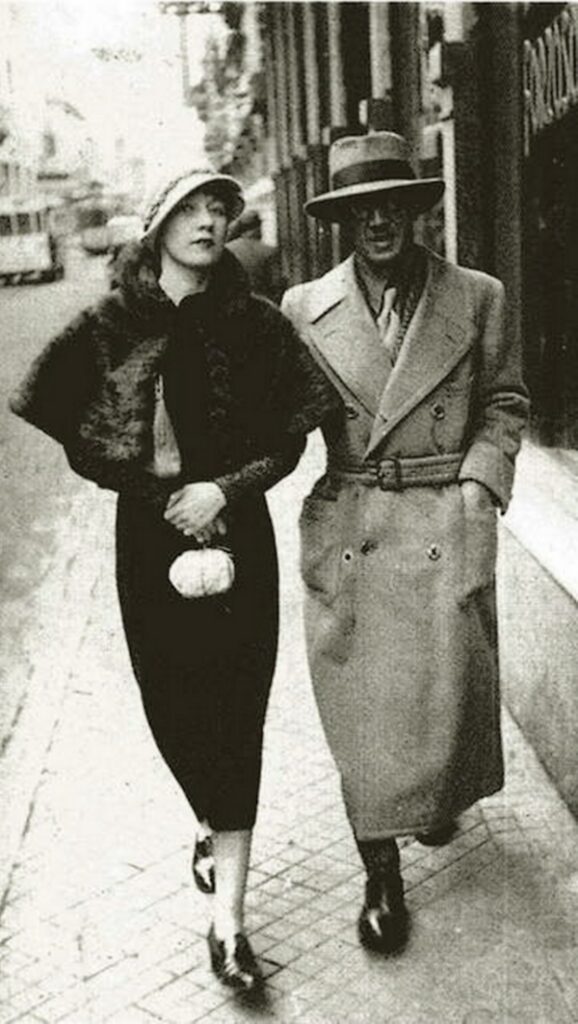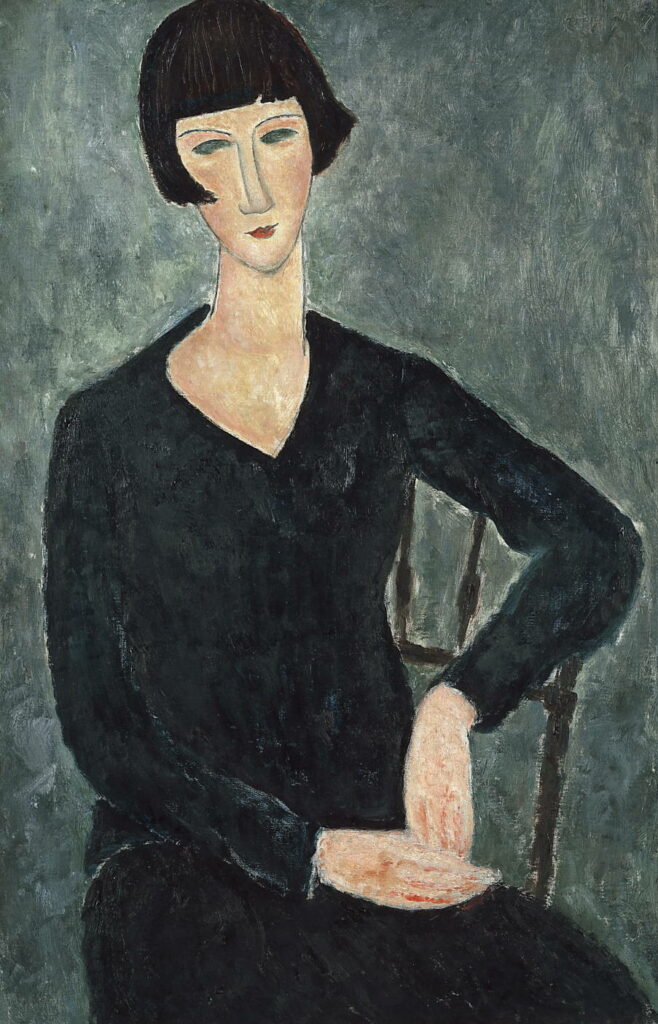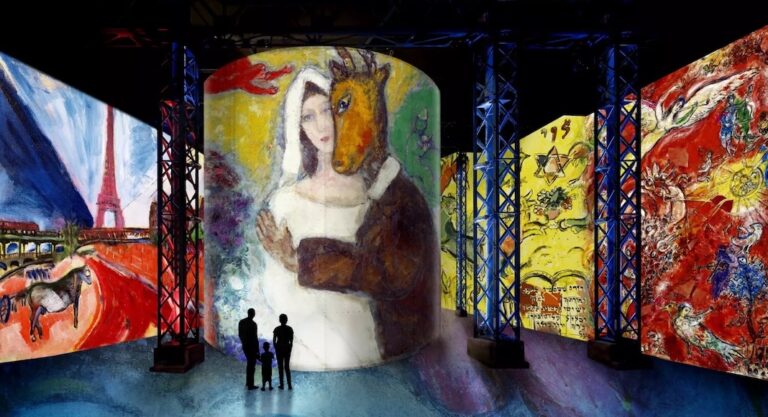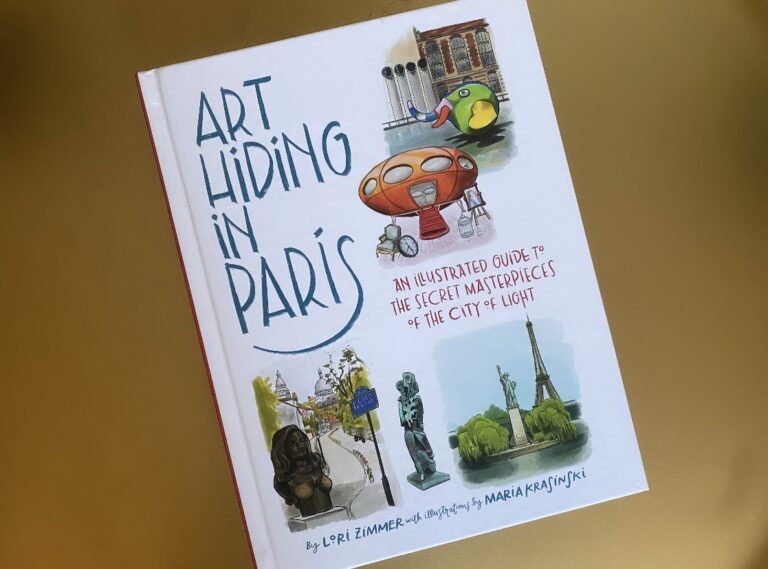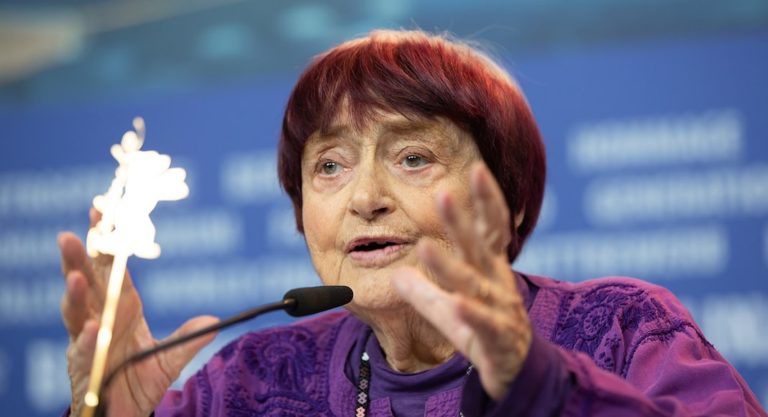2022 marks 69 years since Paris lost one of its most prominent personalities, and Montparnasse was forever left without its queen.
What words can be used to describe Kiki de Montparnasse that haven’t already been translated into the brush strokes of Constant Detré, or the experimental short films of Man Ray? What descriptors encompass all that she meant to the Parisian Art world? Ernest Hemingway described her as, “The woman who has never been a lady, but a queen.”
Indeed, Kiki was a body-positive icon, a master of makeup and a symbol of curvaceous feminine beauty. She was not only “some muse” and a token of the male gaze, but a Parisian artist in her own right and a powerful figure that the crowds went wild for. But how did little, anonymous Alice Prin from Burgundy come to be the majesty that is now known as Kiki de Montparnasse?
1. She grew up in abject poverty.
She was raised by her grandmother in Châtillon-sur-Seine. At the age of twelve, she came to Paris to join her mother and contribute to the family’s income. At that time, a limited list of professions were available to young girls, so she had her teenage share of factories, printing shops and bakeries. Soon, however, the world would find out that she was no baker and no factory worker and her star quality would emerge before she was even aware of it.
2. She fell in love with makeup very young.
She couldn’t afford it, so she used crumbled petals from her mother’s geraniums to color her cheeks, and she darkened her eyebrows with burnt matchsticks. The spirit that ignited her irresistible desire to decorate her face in such a unique way was exactly what took the art world by storm later.
3. She was discovered at 14.
As her body developed and she gradually became aware of it, people – artists especially –became interested in her. Pretty soon, she would become a muse to many, posing nude for painters, sculptors and photographers, some of which created works that outlive them to this very day. At the time, posing nude was something even prostitutes frowned upon, so her mother disowned her forever. Kiki was left to provide for herself, and she did exactly that – modelling, dancing, and entertaining became how she paid for food and a roof over her head.
4. She posed for Jean Cocteau, Chaïm Soutine and Man Ray.
…Among so many others. The Canadian poet John Glassco said:
“Her maquillage was a work of art in itself … her mouth painted a deep scarlet that emphasized the sly erotic humor of its contours. Her face was beautiful from every angle, but I liked it best in full profile, when it had the lineal purity of a stuffed salmon.”
She was her own inspiration first, but her translucent skin and the contrast she created by painting on it became an inspiration for the avant-garde minds of Montparnasse.
5. She was in a relationship with Man Ray.
They met in the autumn of 1921 when she was only 20 years old and theirs was a thunderous relationship. While she lived with him in his studio, he made hundreds of portraits of her – one of them being the amazing Le Violon d’Ingres – and she appeared in nine of his films. In one of them, he filmed her naked, but he was clever enough to spread grease on his lens so it couldn’t be censored.
6. She became the Queen of Montparnasse at 28.
With a bohemian flair and creativity that matched Paris’ own in the ‘20s, she became a symbol of the city’s personality. Ernest Hemingway and Tsuguharu Foujita were in her inner circle of friends, and they wrote introductions to her book, Kiki’s Memoirs. Why should this book go on your TBR list? Well, other than the fact that it’s a first-hand experience of life in Montparnasse, it’s a totally avant-garde, very explicit read. It was banned by the US government almost immediately after it was published in America.
7. She had her own cabaret called Chez Kiki.
She performed naughty, yet inoffensive songs, wearing black socks and garters and the crowds went out of their minds. This is her, in the Jean Rhys novel Quartet :
“…was a bold spirit and a good sort […] a small, plump girl with astonishingly accurate make-up, a make-up which never varied, day in and day out, week in and week out. Her round cheeks were painted orange-red, her lips vermilion, her green eyes shadowed with kohl, her pointed nose dead white […] she realized she could afford to display coldness, and that no good ever comes from being too polite.” Another one for the TBR pile.
8. She was body-positive before it was even a thing.
She oozed self-confidence, even in her later years when she gained weight, which in turn made people, especially the artists she inspired, love her even more.
9. She was only fifty-one when she died.
Imagine walking the streets of Montparnasse in 1953 and its queen collapses right in front of you. That is what happened on April 29th, when the years of alcoholism and drug abuse caught up with Kiki and she was gone, just like that, right in front of her apartment. As it should, her tombstone holds all her personal accomplishments in its inscription: “Kiki, 1901–1953, singer, actress, painter, Queen of Montparnasse.”
10. She was buried in the Cimetière Parisien de Thiais.
A huge crowd of artists and admirers attended her funeral. One would expect nothing less, since, in Hemingway’s words, once again: “Kiki was Montparnasse.”
Jana Misho is the author of “Almost Parisian: How To Survive Your Late Twenties in Paris” and “Anais from Montmartre.” She writes things she wants to read and is inspired by art, people and obscure Parisian cafés. Probably the only person in the world who has a tattoo of Tour Montparnasse. Her third novel “Lulu” is coming to Amazon soon.
Images, from top to bottom: Constant Detré, Portrait of Kiki de Montparnasse; Gustav Gwozdecki, Kiki de Montparnasse, 1920; Amedeo Modigliani, (Portrait of Kiki) Seated Woman with a Blue Dress, 1918-1919; Iwata Nakayama, Kiki de Montparnasse and Foujita in Paris, 1926.


